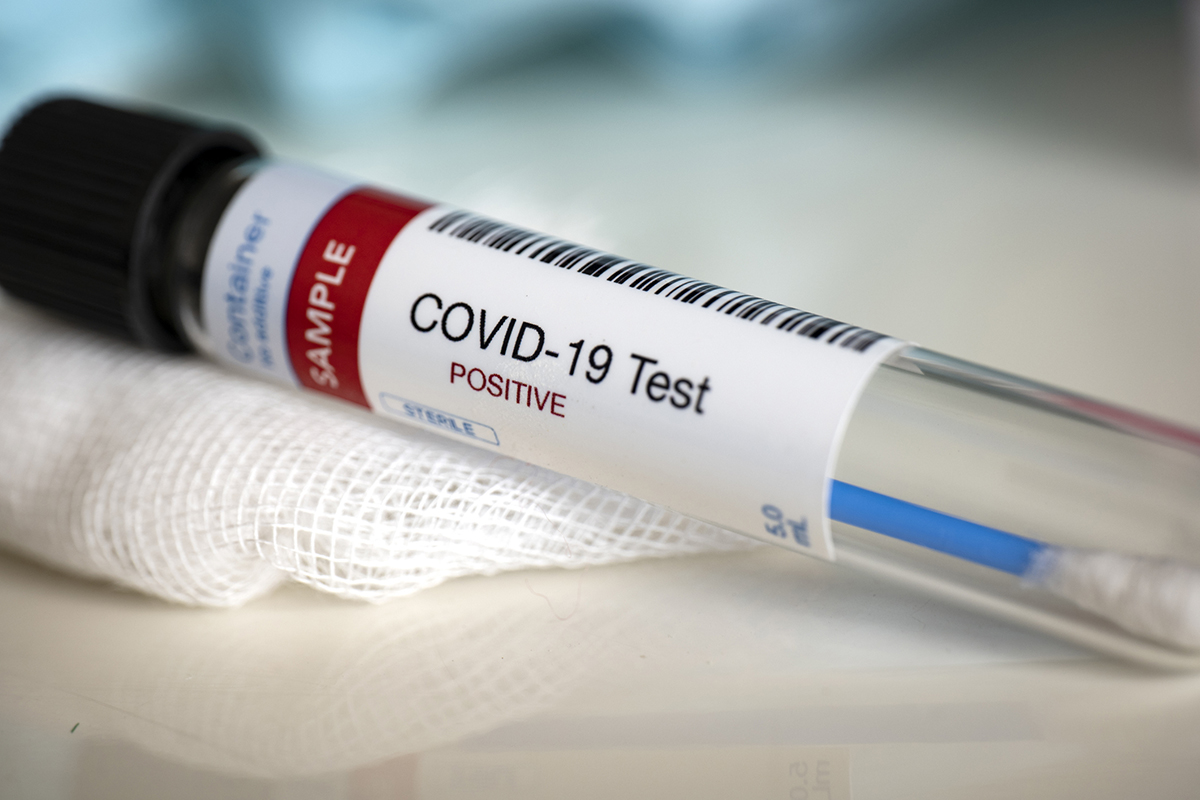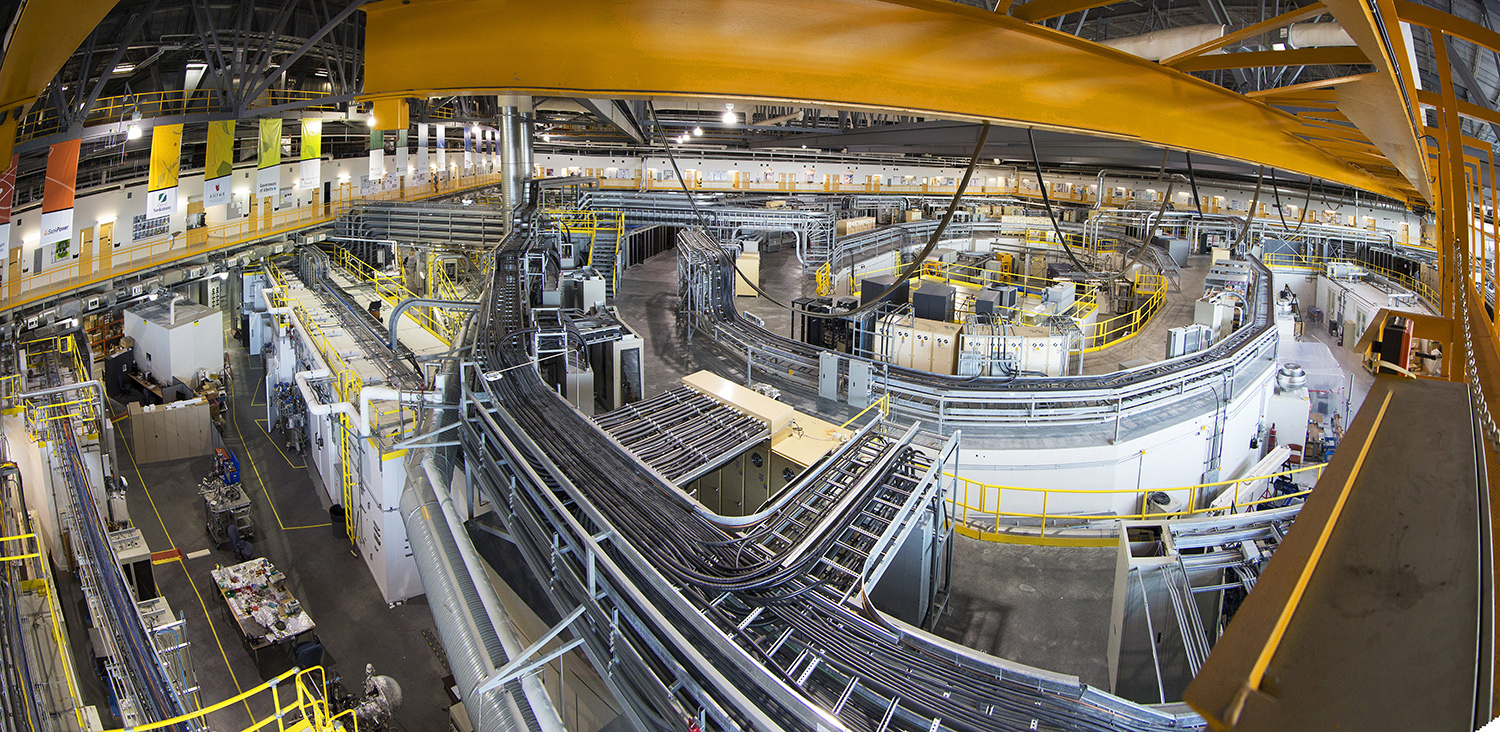COVID-19 Outbreak at the Canadian Light Source—A Cautionary Tale

OUTBREAK! The term brings to mind images from a Hollywood movie: sick and dying people infected with a disfiguring virus, panic-stricken people doing the unthinkable, and general pandemonium.
Recently, our facility experienced a COVID-19 outbreak (based on the Saskatchewan government’s definition of two or more cases in the same workplace). I am relieved to report the events and outcomes were somewhat less dramatic than a Hollywood movie.
Canadian Light Source Inc. holds a Canadian Nuclear Safety Commission (CNSC) Class 1B licence to operate a 2.9 GeV synchrotron facility. The facility itself consists of:
- a 250 MeV linear accelerator located two storeys underground
- a transfer line bringing the beam up to the main level
- a booster ring where the beam energy is increased to 2.9 GeV
- a storage ring where up to 220 mA of stored electrons are used to create synchrotron light for use in experiments at our beamlines
The main building has a large open floor plan (about the size of two football fields side by side), and the main floor is open to the third-floor roof of the facility. The main building is attached to an older (1960s era) building, which contains the main control room and offices on a single level.

Canadian Light Source facility (Photo by David Stobbe / Stobbe Photography)
The facility normally operates with about 250 staff. Annually, about 1,200 scientific visitors and 5,000 members of the public come on site. During the pandemic, on-site staffing levels have varied but have been reduced by at least 50%. Visiting scientist numbers were near zero, and no members of the public have been allowed on site.
On April 3, 2021, a staff member reported testing positive for COVID-19. All staff deemed potential close contacts were informed and told to contact the Saskatchewan Health Authority to arrange for testing and for further guidance. On April 5, two more staff reported a positive test result. With three cases reported in 48 hours, the Canadian Light Source chose to move to warm standby mode—only those staff needed for security and required for monitoring essential systems remained on site. Over the next two weeks nine more cases were reported, bringing the total for the outbreak to 12.
Canadian Light Source Inc. had carefully planned and implemented pandemic protocols from the start. The program was reviewed internally and externally and revised periodically to ensure we were continually meeting or exceeding best practices and requirements at all times. Masks, hygiene, occupancy levels, barriers, and other controls were monitored closely and adapted as conditions evolved.
Two employees had separately reported positive COVID-19 test results in January and March of 2020, respectively. Because those instances saw no spread within the workplace, we felt our controls were working effectively.
So, what happened? An investigation indicates that a combination of factors appear to have contributed:
- One asymptomatic worker likely spread COVID-19 to four other workers.
- One of those infected workers then spread the disease to three others.
- There were three cases where close contact with an infected individual could not be confirmed.
- One of those three spread to a fourth co-worker.
All of this happened within two working days from the initial spread, and all staff were sent home prior to the end of the third working day.
Workers wore masks in all but one instance of spread. However, because we’ve been wearing masks for a long time, the importance of maintaining two metres of distance (even when masked) seems to have decreased, and that may have contributed to the spread.
Many of the staff worked in the older office area of the facility. We had already installed air purifiers to improve the ventilation in that area, but several more were added after the outbreak.
We learned the virus spreads very easily and constant vigilance is required.
- We now make staff put on a new ASTI-3 mask upon arrival at work each day.
- We refreshed staff on the protocols.
- We reduced facility occupancy overall and in affected office areas.
We had one more case on site in May, but we did not have any spread.
I am pleased to report that all workers recovered and have returned to work. There were varying degrees of illness, but none were admitted to hospital. As community case numbers decline, we are cautiously opening up, but the pandemic is not over yet.
Résumé : Éclosion de COVID-19 au Centre canadien de rayonnement Synchroton — Une leçon de prévention
Le Centre canadien de rayonnement Synchroton (CCRS) a connu une éclosion de COVID-19 (selon les termes du gouvernement de la Saskatchewan, pour qui il y a éclosion à partir de deux cas dans un même lieu de travail) malgré la planification rigoureuse de protocoles en cas de pandémie et la mise en place de ceux-ci dès le début de la pandémie. Que s’est-il donc passé?
Grant Cubbon, directeur, santé, sécurité et Environnement au CCRS, révèle ce que ses collègues ont appris de cette expérience et comment ils se sont adaptés pour empêcher d’autres éclosions.
Do you want to read more articles like this?
The Bulletin is published by the Canadian Radiation Protection Association (CRPA). It’s a must-read publication for radiation protection professionals in Canada. The editorial content delivers the insights, information, advice, and valuable solutions that radiation protection professionals need to stay at the forefront of their profession.
Sign up today and we’ll send you an email each time a new edition goes live. In between issues, check back often for updates and new articles.
Don’t miss an issue. Subscribe now!
Subscribe

